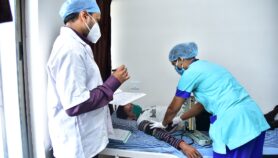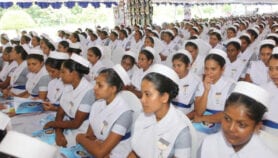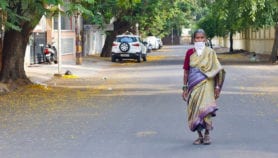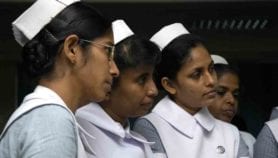By: Luisa Massarani
Send to a friend
The details you provide on this page will not be used to send unsolicited email, and will not be sold to a 3rd party. See privacy policy.
 |
Research published last month in the Brazilian journal Ciência Hoje reveals that nearly 1,000 scientists left Brazil to work abroad between 1993 and 1999 — an average of almost 140 per year. About half of the total migrated to the United States, and a third to Europe.
The scientific migrants represented roughly one in 20 of the 18,000 PhDs obtained in Brazil during the period, says the study. One third of the migrants left the country in a project that allowed them to continue their academic training in order to achieve a doctorate degree.
According to the study’s author, Reinaldo Guimarães from the State University of Rio de Janeiro, the data shows that Brazil has experienced lower rates of scientific migration than many developing countries, such as Argentina, Nigeria and Thailand.
But there are still significant costs. “In financial terms, the Brazilian funding agencies estimate that the direct cost of forming a PhD is about US$100,000,” says Guimarães, who is also the president of the Superior Council of Faperj, the state scientific funding agency of Rio de Janeiro. “The loss of 966 researchers, if complete and definitive, would amount to almost US$100 million.”
In 2001, about 6,200 Brazilians obtained PhDs, more than 90 per cent of whom trained in Brazil. “[Brazil differs significantly] from countries such as India and China that, although having important scientific bases, still depend strongly on foreign PhD programmes to renew their scientific and technologic work-forces,” says Guimarães.
In this sense, he says, Brazil more closely resembles countries such as Canada, where the motivation for migration tends to be better working conditions and pay.
Related external link:
Ciência Hoje
Photo credit: WHO/TDR/Crump













